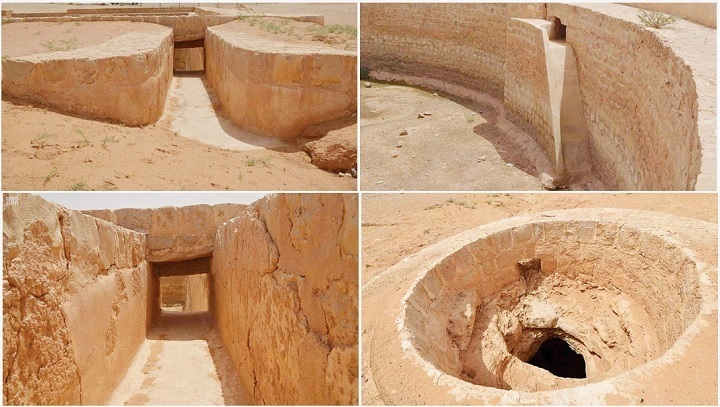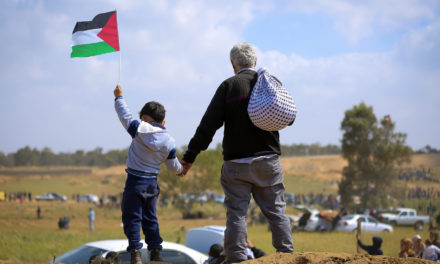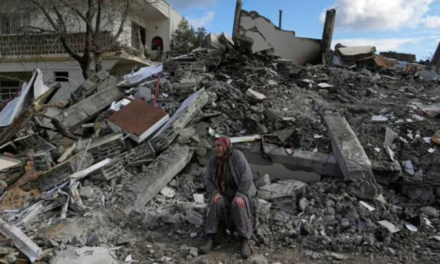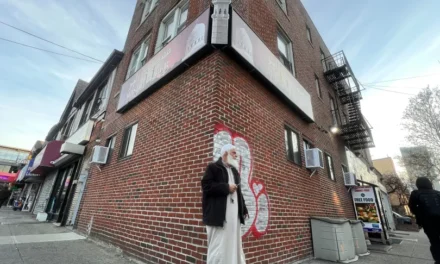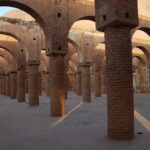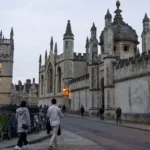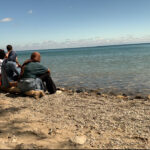More than 1,200 years ago, a Muslim woman changed the course of history, and today, Saudi Arabia is bringing her vision back to life.
As part of its Vision 2030 initiative to preserve Islamic heritage, Saudi Arabia is reviving the legendary Darb Zubaydah, a 1,400-kilometer pilgrimage route that once connected Kufa in Iraq to the holy city of Makkah.
But behind the road’s name lies the remarkable story of Zubaydah bint Ja’far, a woman whose compassion, intelligence, and leadership left a permanent mark on Islamic civilization.
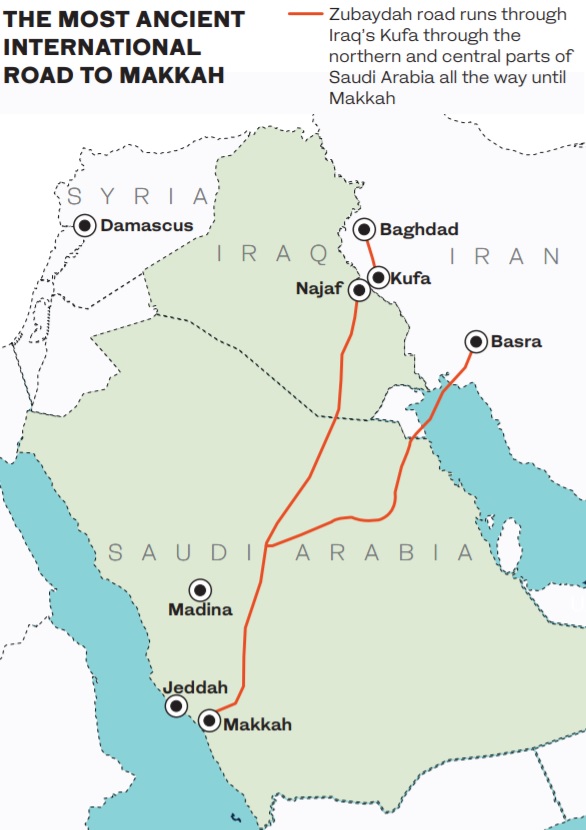
Zubaydah, the wife of Abbasid Caliph Harun al-Rashid and granddaughter of Caliph Abu Ja’far al-Mansur, was no ordinary royal. She was a visionary woman who, after witnessing the physical suffering of pilgrims journeying across the desert during Hajj, took matters into her own hands. Using her own wealth, she ordered the development of a fully serviced route, one that would become known as Darb Zubaydah.
This wasn’t a symbolic gesture. Zubaydah supervised the planning and financing of a massive civil infrastructure project across one of the harshest terrains in the region. The route included wells, stone reservoirs, cisterns, paved walkways, mosques, rest houses, and supply stations, all spaced systematically along the trail.
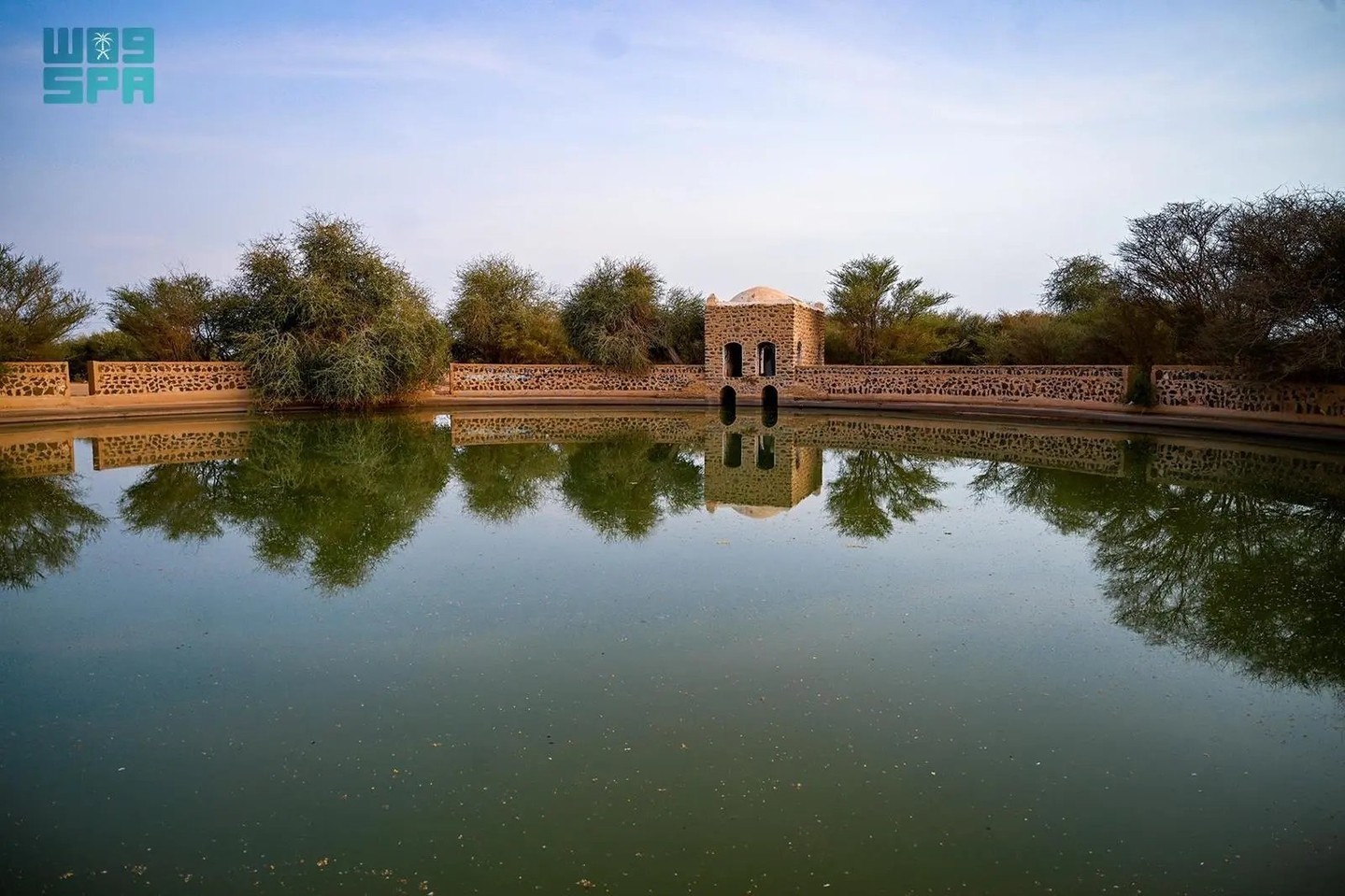
Water engineering played a major role; she even built an aqueduct to carry water into Makkah and the surrounding holy sites. As historical records state, Zubaydah famously declared that if every pickaxe used in construction cost a dinar, she would still pay it, a statement that reflects both her resolve and deep sense of responsibility.
For centuries, Darb Zubaydah became the main artery for pilgrims and merchants alike. The infrastructure she funded allowed tens of thousands of travelers to cross the desert safely and efficiently. What makes her legacy even more powerful is that it stemmed not from duty, but from empathy.
She saw injustice and physical hardship, and responded not with words, but with action. At a time when few women had power in public affairs, Zubaydah used hers to serve the community and uphold Islamic values of care and service.
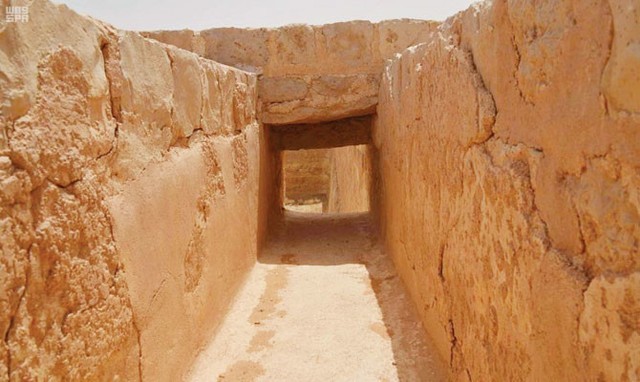
Today, Saudi Arabia is working to restore that same route, piece by piece. The trail enters the Kingdom through the Northern Border Region near Rafha and passes through a series of historic stations, such as Al-Qaa, Fayd, Al-Ajfar, and Al-Qa’iya.
National heritage institutions are conserving stone basins that once held rainwater, paved road segments that stabilized caravans, and tall almanar markers that guided pilgrims along the desert trail.
Efforts are underway to turn the route into a “living museum”, a space that will preserve Zubaydah’s legacy while also promoting heritage tourism. Interpretive signage, digital guides, eco-camps, and educational tours are being developed so that modern visitors can retrace the path once walked by pilgrims centuries ago.
But beyond the stones and trails, what’s being honored is the legacy of a Muslim woman who didn’t wait for permission to serve her people. Queen Zubaydah remains one of the earliest known female philanthropists and civic planners in Islamic history. Her commitment to justice, hospitality, and infrastructure left behind more than just a road; it left a blueprint of what faith in action looks like.
As Saudi Arabia positions Darb Zubaydah for UNESCO World Heritage nomination and expands its cultural initiatives, it’s not just reviving a forgotten path; it’s reclaiming a story of female leadership that deserves to be remembered.
